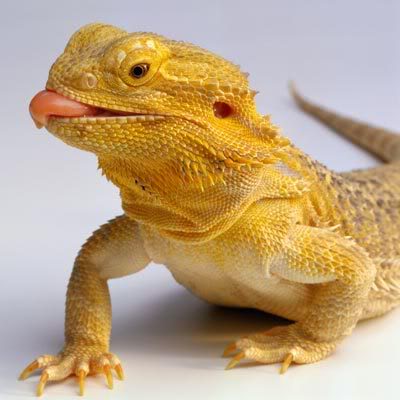Why is My Bearded Dragon Opening its Mouth at Me? Understanding Your Pet's Behavior
Introduction
Bearded dragons are fascinating pets for many reasons, but one thing that can leave new owners scratching their heads is when their furry little friend opens their mouth at them. Is it a sign of aggression? Is it a health problem? In this article, we’ll explore what it means when your bearded dragon opens its mouth, as well as other behaviors you should be aware of when caring for these popular pets.
Why Do Bearded Dragons Open Their Mouths?
Contrary to popular belief, when a bearded dragon opens its mouth wide, it’s not always a sign of aggression or a threat. In fact, there are a number of reasons why your pet may be doing this:
- Regulating body temperature: Bearded dragons are cold-blooded, which means that they depend on external sources of heat to maintain their body temperature. When a bearded dragon feels too warm or too cold, they may open their mouth to help regulate their body temperature.
- Signaling stress or discomfort: If your bearded dragon is feeling anxious or uncomfortable, they may open their mouth as a way of signaling this to you.
- Exercising their jaw muscles: Sometimes bearded dragons will open their mouths as a way of stretching and exercising their jaw muscles.
- Preparing to eat: Finally, bearded dragons may open their mouths wide in anticipation of feeding time. If your pet is particularly hungry, they may even lick their lips or behave more excitedly than usual.
- Showing aggression: While less common, bearded dragons may open their mouths as a sign of aggression. This is typically accompanied by other aggressive behaviors, such as puffing up their throat or lashing their tail.

Other Behaviors to Watch For
In addition to opening their mouths, bearded dragons may display a variety of other behaviors that can indicate their level of comfort or well-being. As a new pet owner, it’s important to familiarize yourself with these behaviors so that you can respond appropriately:
Head Bobbing
Head bobbing is a behavior that male bearded dragons may exhibit as a way of asserting dominance or signaling their interest in breeding. If your male bearded dragon is head bobbing, it’s important not to misinterpret this as aggression or discomfort, but rather as a natural behavior.

Arm Waving
Arm waving is another behavior that can be seen in bearded dragons. This is typically a sign of submission or a plea for attention. If your bearded dragon is waving its arms, it’s important to make sure they are getting enough attention and stimulation.

Tail Wagging
Tail wagging is commonly seen in dogs, but it’s also a behavior that some bearded dragons may exhibit. In bearded dragons, tail wagging is typically a sign of excitement or anticipation. If your bearded dragon is wagging its tail, it could mean that they are looking forward to a treat or activity.
Conclusion
While seeing your bearded dragon open its mouth wide can be confusing or even concerning, it’s important to understand that this is just one of many behaviors that your pet may exhibit. By familiarizing yourself with the different behaviors that bearded dragons can display, you’ll be better equipped to provide your pet with the care and attention they need to thrive.
